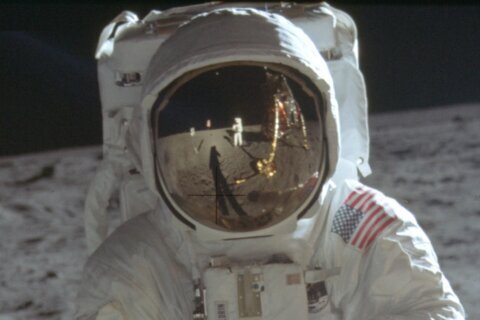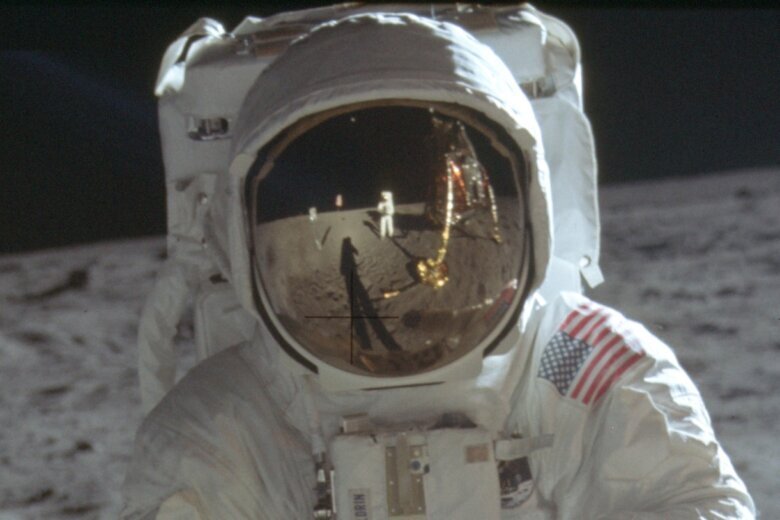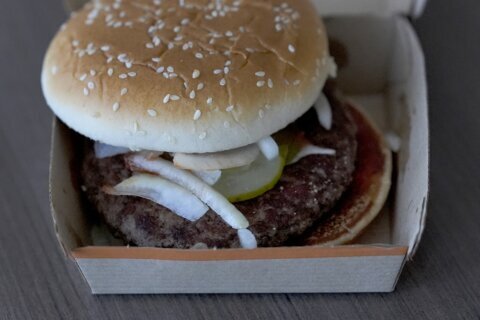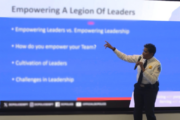
(CNN) — Imagine your daily routine — but with gravity removed from the equation.
While it’s entertaining to think of floating through your home, zero gravity can make tasks more difficult — even something as simple as drinking coffee. Liquids don’t flow in space without Earth’s gravity pulling them down, which is why astronauts use a special coffee cup, the result of one of many fluid experiments conducted in space.
Crew members often test what works aboard the International Space Station, and if they need something in the orbiting laboratory, regular cargo missions deliver supplies.
But as humans consider venturing into deep space and journeying to planets such as Mars, the number of challenges increases.
Space agencies have to consider what necessities will travel in tight quarters with astronauts — and the crew is going to need more than freeze-dried food to get by.
Defying gravity
For astronauts who want to eat fresh, healthy food, the designers at Nonfiction in San Francisco may have a solution.
The company developed the idea of a culinary lab as part of NASA and the Canadian Space Agency’s Deep Space Food Challenge. The culinary lab would function as a unit that could fit into a spacecraft of future long-term space missions.
The multipurpose module would allow crew members to grow their own leafy greens, blend creamy coffee and even grill meat while in space. An algae-growing station would create an opportunity for an unlikely but nutrient-rich snack.
Curious about the flavor? I visited Nonfiction to taste-test this futuristic space food for myself.
A long time ago
Analysis of ancient bacterial DNA collected from mass burial sites in England has revealed the earliest known cases of the plague in Great Britain.
Scientists recovered the genetic material from the remains of humans who lived 4,000 years ago, making the bacteria thousands of years older than previously identified plague strains.
The distance between the burial sites, one in southwest England and another near the English-Scottish border, suggests that the plague was widespread.
The new evidence is helping researchers determine different periods when the plague appeared, but mysteries abound, including the severity and how the disease spread.
Dig this
Prehistoric bones excavated from Dinosaur Cove in the 1980s have turned out to be the oldest remains of pterosaurs ever found in Australia, according to a new study.
The reptiles, which evolved to fly in the skies above dinosaurs, soared over what is now the Australian state of Victoria 107 million years ago, paleontologists said.
The fossils include a wing bone from the first juvenile pterosaur found in the land down under.
But conditions were likely harsh and dark for the flying creatures during the Cretaceous Period, when Australia was farther south and located within the polar circle.
Across the universe
If advanced civilizations do exist in the cosmos and they sent a message to Earth, how might humans untangle it?
This extraterrestrial scenario was the subject of a recent test carried out by the SETI Institute, a nonprofit with a mission to search for extraterrestrial intelligence and explore the origins of life in the universe.
A specially designed transmission was sent from the ExoMars Trace Gas Orbiter, which has been circling the red planet since 2016, and received by three observatories on Earth. Now, people have a chance to decode the complicated message — and you can help.
Meanwhile, an independent study team assembled by NASA will publish its first report on unidentified anomalous phenomena, also known as unidentified flying objects, or UFOs, by the end of July.
Unearthed
Archaeologists at a site southwest of Cairo have uncovered two of the largest known workshops used to mummify remains in ancient Egypt.
The workshops — the latest discoveries within the sprawling necropolis called Saqqara — had tools and stone beds used to prepare humans and animals for mummification after death. The team also dug out canopic jars with carved lids that stored organs.
Two tombs were found alongside the workshops, including one that belonged to a top official named Ne Hesut Ba who lived 4,440 years ago, according to Mostafa Waziri, secretary-general of Egypt’s Supreme Council of Antiquities.
And experts believe more secrets are hidden within the necropolis.
Take note
Catch up on these stories to share with your friends:
— The James Webb Space Telescope observed a massive water plume erupting from Saturn’s moon Enceladus and releasing into space.
— Digital scans of the RMS Titanic shipwreck have revealed an intriguing necklace that includes the tooth of a prehistoric creature.
— Astrophysicists have found hundreds of mysterious cosmic threads at the center of the Milky Way, according to new research.
Missed your chance to see Manhattanhenge this week? Another opportunity arises in mid-July when the sunset aligns through the spaces between New York City’s buildings, reminiscent of England’s ancient Stonehenge
And don’t forget to look up to see the full strawberry moon this weekend!
The-CNN-Wire
™ & © 2023 Cable News Network, Inc., a Warner Bros. Discovery Company. All rights reserved.








